When the boys’ varsity lacrosse team took on the Montgomery Blair Blazers last April, the expectation was victory. Instead, the heavy underdog Blazers sent the Patriots back with a discouraging 9-6 defeat, the Patriots’ fourth in a row. More disheartening, players felt that victory should have been theirs, because regular starters were relegated to the bench in the crucial late-game minutes.
The sobering defeat perhaps best sums up the Patriots’ tumultuous season. The team, which finished 5-8 and lost in the second round of the playoffs to Richard Montgomery, fell short of their own expectations on the field, but off-the-field turmoil between players and the team’s first-year coaching staff took center stage. During the summer, the decision was made that the team would be finding a new coach. The situation of the boys’ lacrosse team was rare and contentious, but it brought to light the importance and impact of player-coach relationship.
Prior to the 2018 lacrosse season, the boys’ team was in a state of flux. The departure of the team’s longtime coaches marked the end of a successful era, but recent incidents had damaged the team’s reputation. School administration tabbed Jonathan Powell, a former club lacrosse player at Navy and the previous junior varsity lacrosse coach, as varsity’s next coach and the one to instill a disciplined approach to the team’s culture. Though some players were hesitant about the new regime, the team believed that it was still capable of an excellent year.
The new approach was a shock. Players could not join varsity until running a 7:15 mile, and multiple varsity starters did not play until weeks into the season as a result. During games, players were frustrated by coaching decisions, from who was on the field to the team’s strategies and playbook. Their primary issue, however, was a lack of communication between the players and the coaching staff. The players felt unable to voice their thoughts and tried unsuccessfully to set up appointments with the coaches, and at the same time did not want to report to administration in fear of being benched.
In July, over a dozen players and their families met with members of school administration, the athletic department and the coaching staff inside the school to discuss the toxic situation. The discussion became heated. Members of the varsity team planned to quit if the current coaching staff remained in place, frustrated by the communication issues and the perceived lack of a plan for the future. When school administration announced their decision to keep the coaches, players walked out of the room, but ultimately returned and continued the discussion. One week later, players received notice that Powell would no longer be with the team. When contacted by Common Sense, the athletic department declined to speak on personnel issues.
No one wants to see a difficult situation like lacrosse’s, and to be fair, no side had an easy job. The athletic department needed to hire a qualified and dependable candidate for a job with limited financial compensation and enormous time commitment. Coach Powell and his staff were tasked with winning over a locker room of 17- and 18-year old boys while instilling discipline. The players faced immense pressure both in performing on the field (including Division 1 recruiting) and balancing their academic, athletic and social lives. This is the reality of high school athletics, and we are fortunate to have teams throughout our school that are highly successful in achieving these seemingly impossible aims.
Putting the well-being and growth of student-athletes first is necessary for high school athletics when it comes to coaching decisions. High school sports are about developing beneficial skills both for on the field and in life, and communication, cohesiveness and a positive team culture are essential to this goal. In the lacrosse situation, the x’s and o’s and team policies were contentious issues, but it was the lack of connection between the coaches and players that made the team ineffective in reaching these objectives. I hope lacrosse finds a strong fit in their next coach, because when the connection between coaches and student-athletes is there, high school sports can be a special experience.
Boys’ lacrosse controversy shows connection is crucial to great coaching
September 27, 2018
1
0
Tags:
Donate to Common Sense
$245
$2000
Contributed
Our Goal
Your donation will support the student journalists of Thomas S. Wootton High School. Your contribution will allow us to purchase equipment and cover our annual website hosting costs.
More to Discover



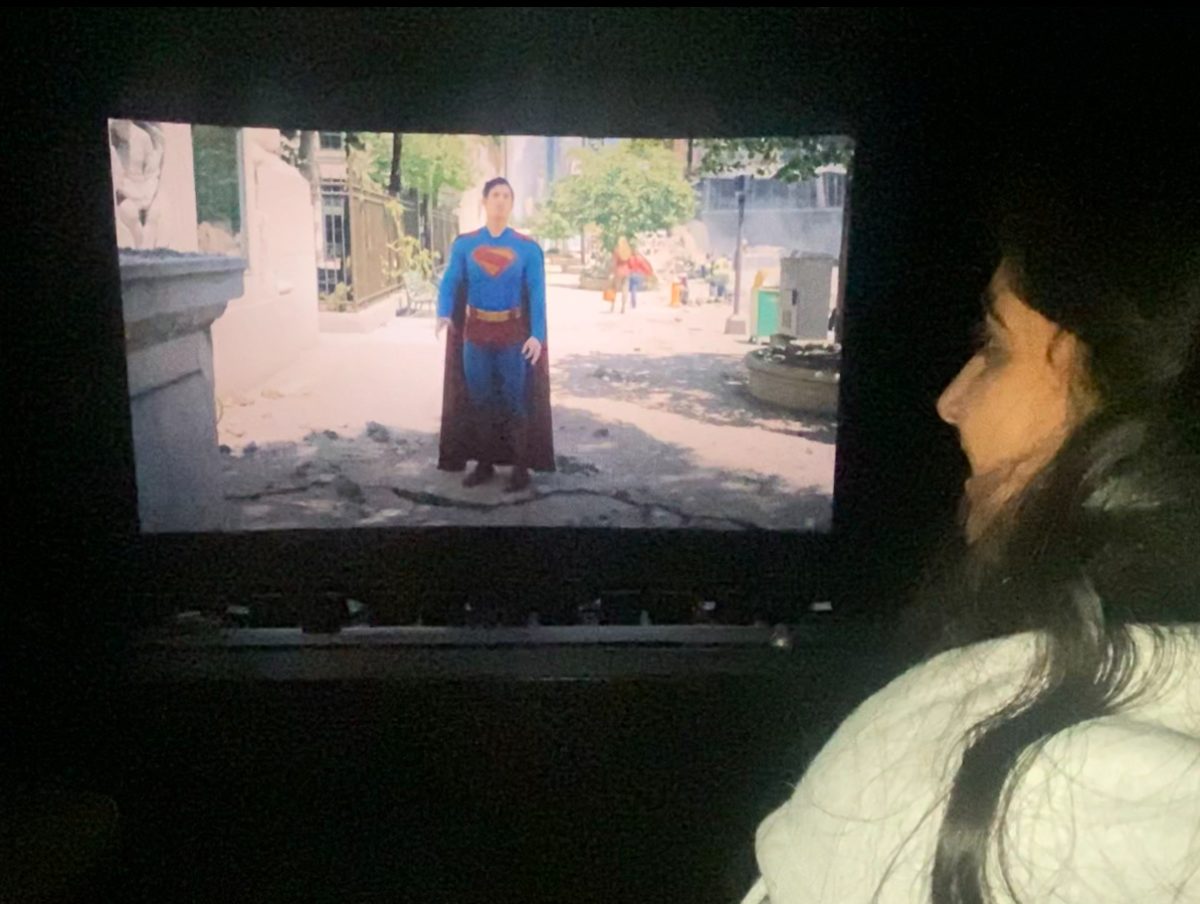
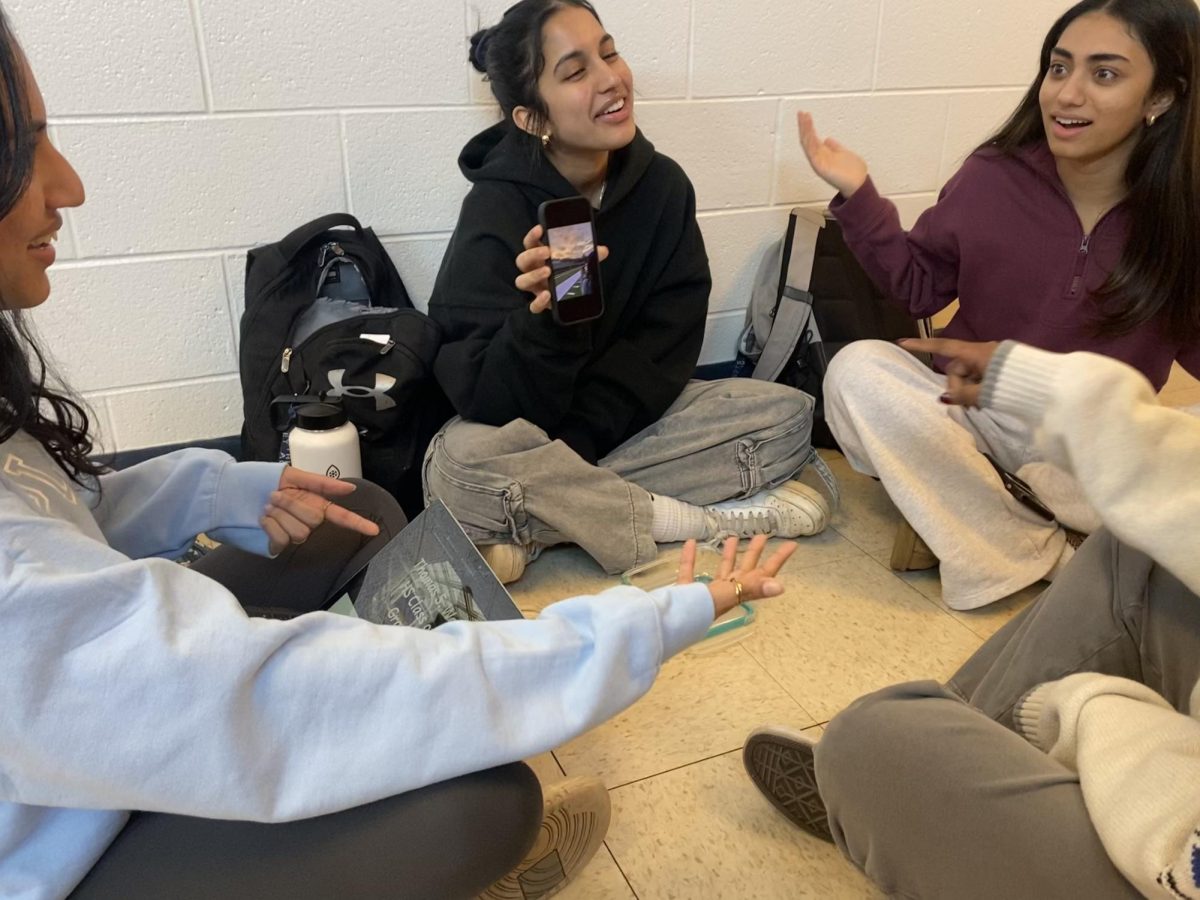



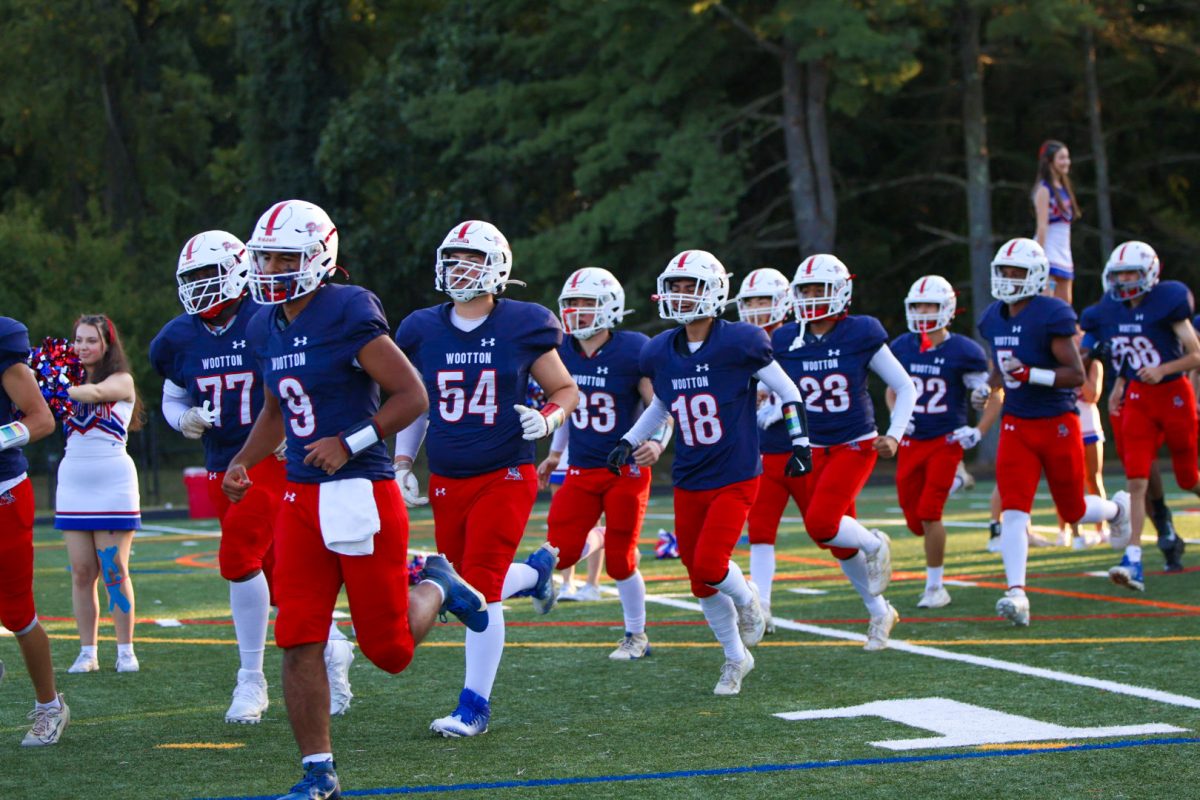
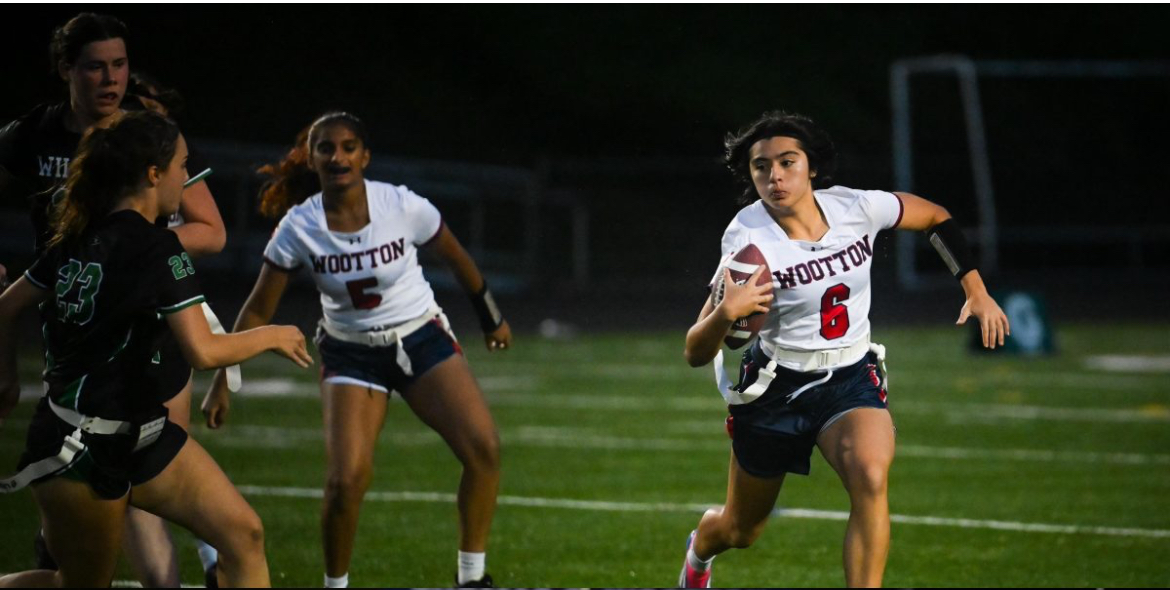
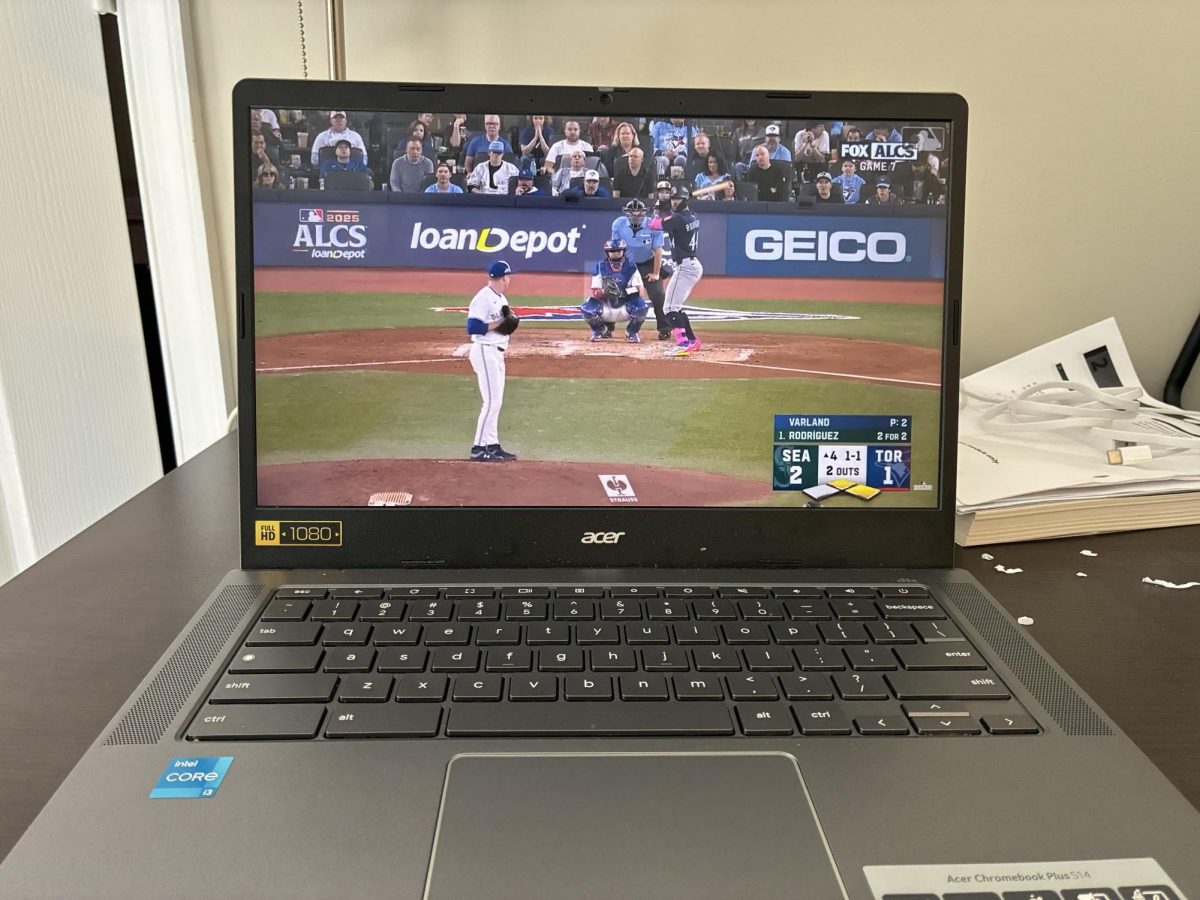
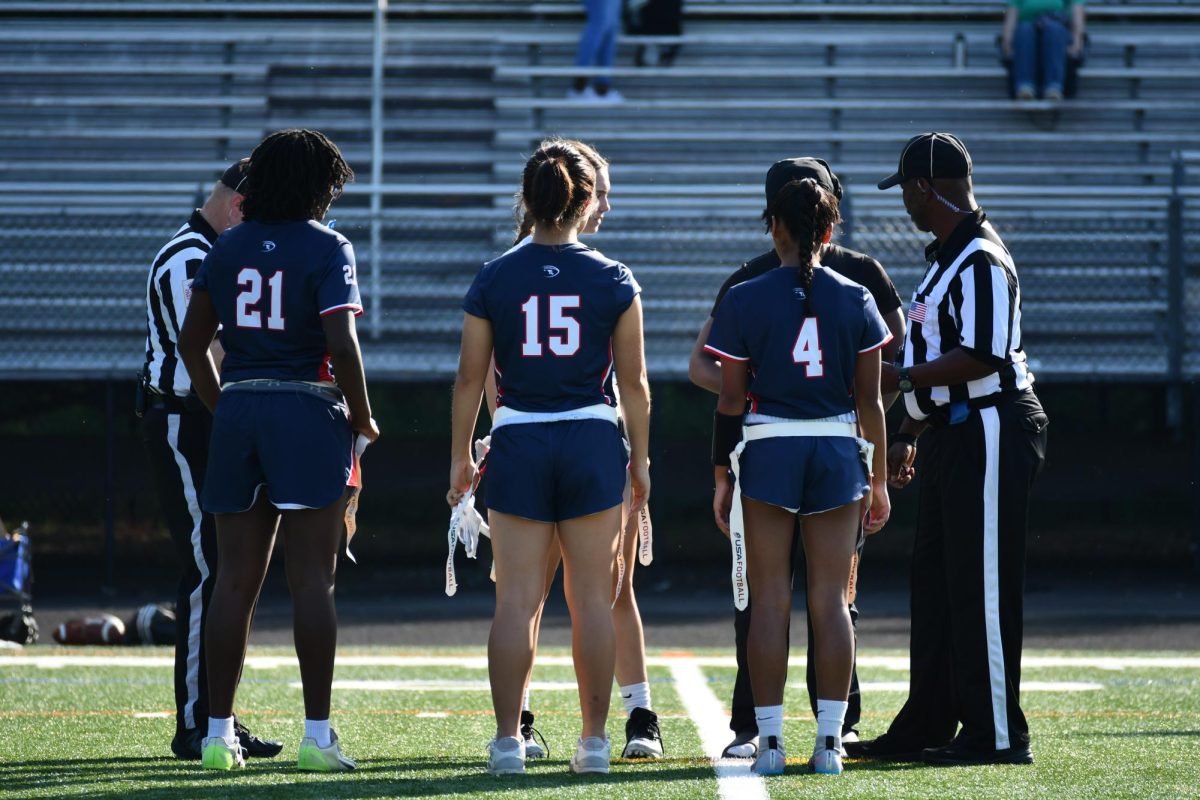
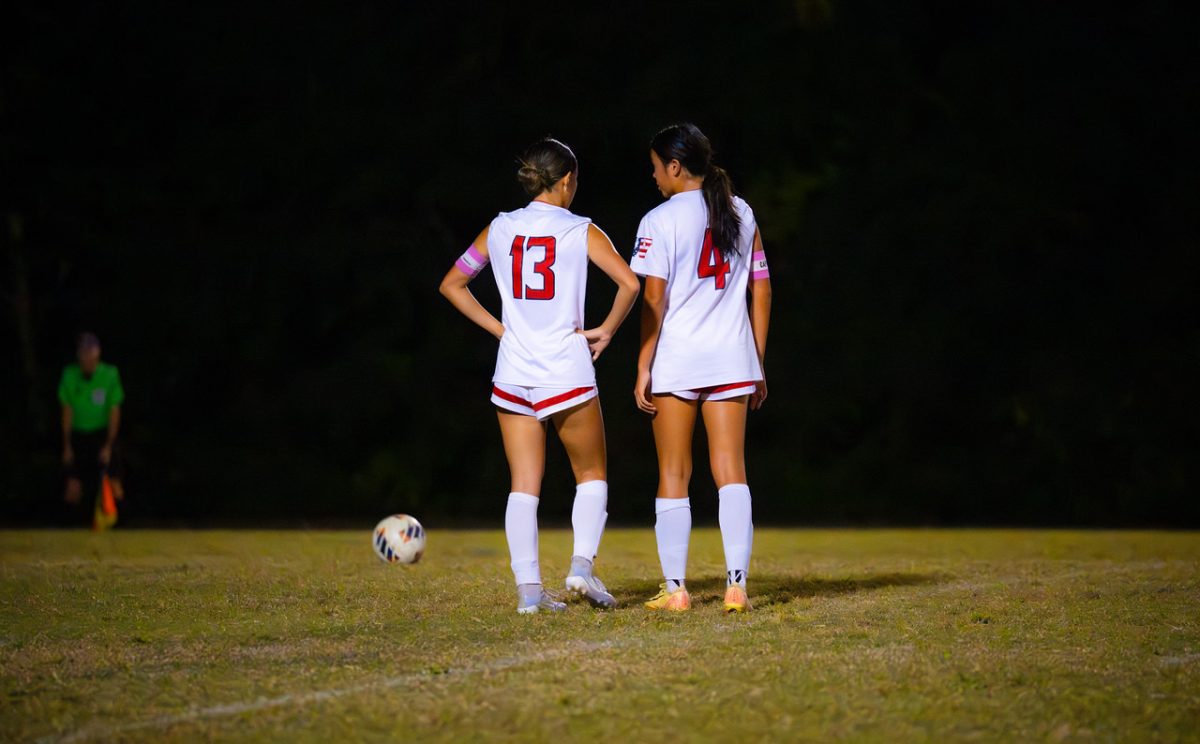
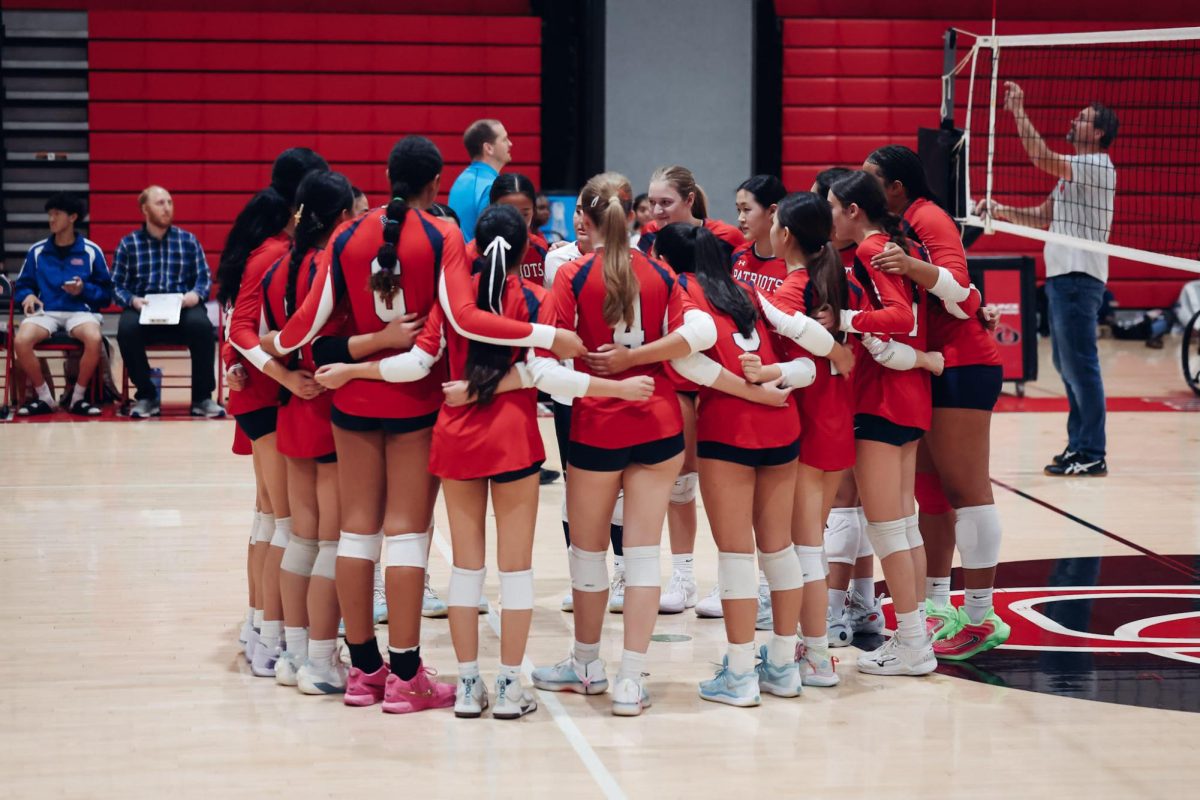
Alexandra Powell • Apr 6, 2019 at 8:40 PM
It’s important to tell the all truth about what transpired. From the beginning, the coach met individually with each one of the player prior to the season, to get to know them better…The players never reached out to set up meeting/appointment with the coach and or coaching staff. Never voice their concerns (big or small) to the coaches AT ALL…To say, they did.. IT’S A COMPLETE LIE!! Tell the truth! Instead, they kept it to themselves, and went straight to the principal and AD to voice their concerns and over exaggerated what was happening..Moreover, to try to implement NEW RULES AND BREAK BAD HABITS for (students/parents) after MANY YEARS under a different coaching style. It’s a very difficult task to accomplish. And in many case people are NOT willing to change. They will oppose it and resist it; and even lie about it.. which precisely what happened in the case.